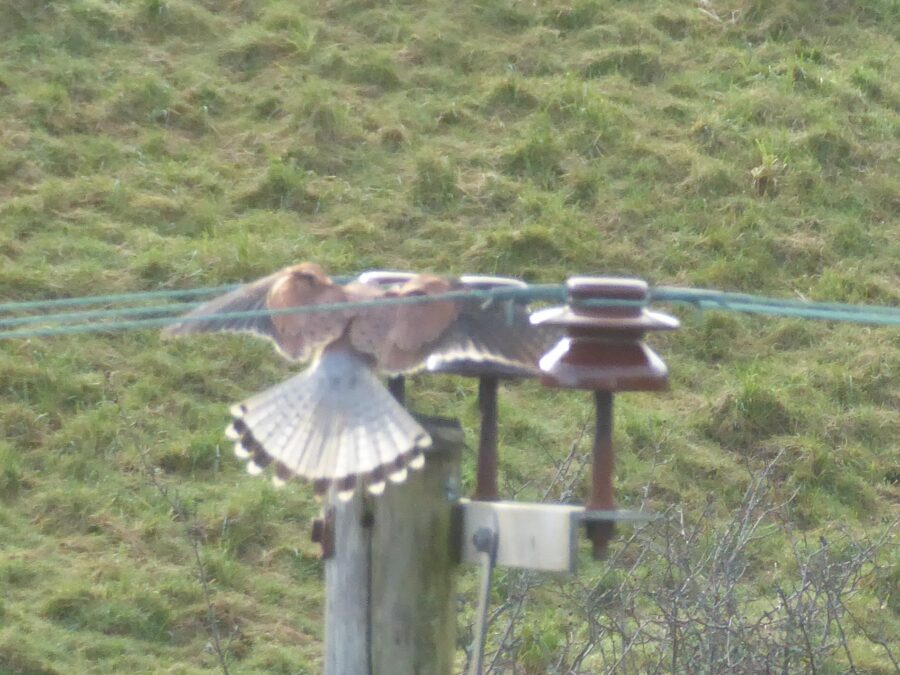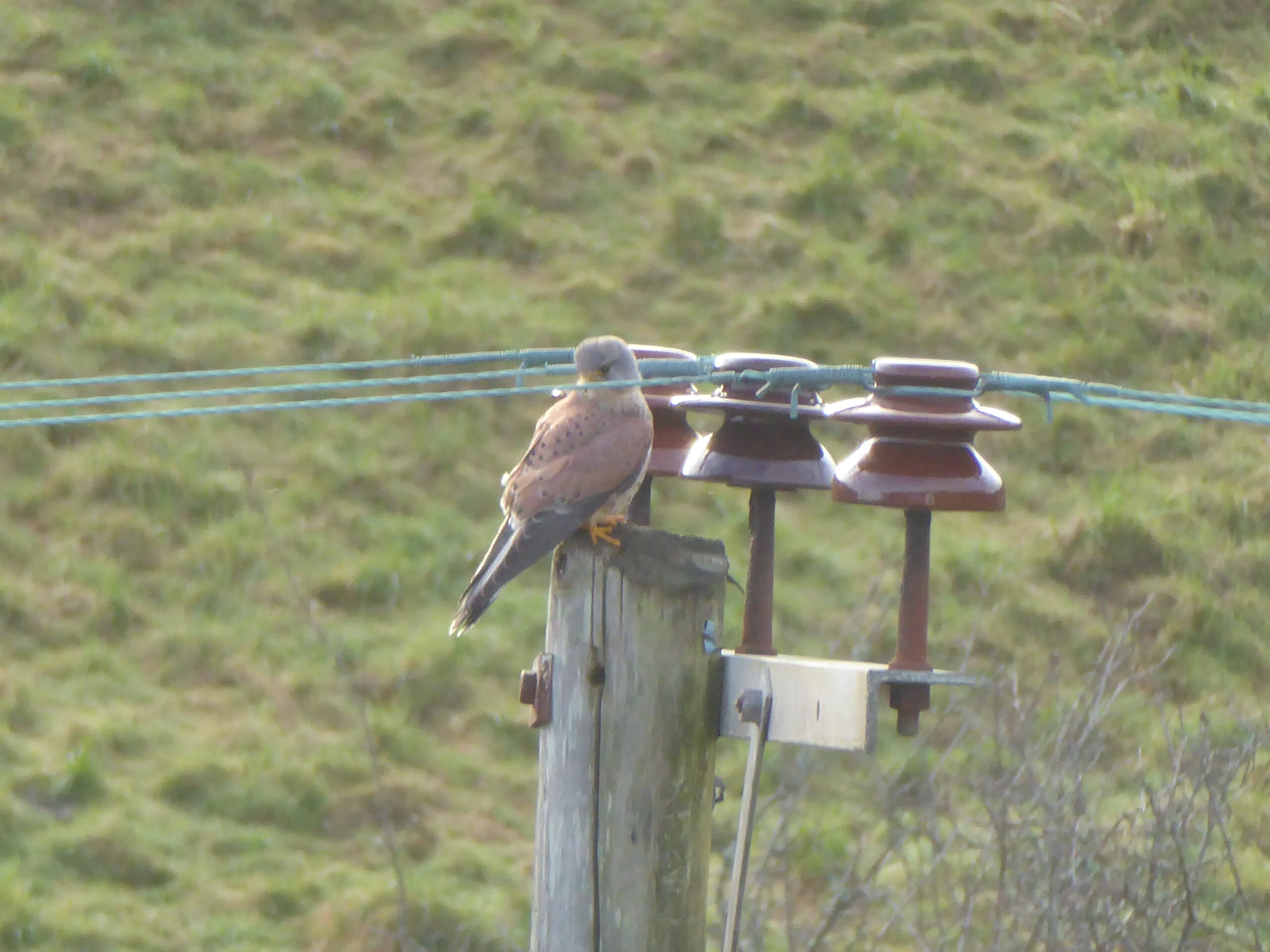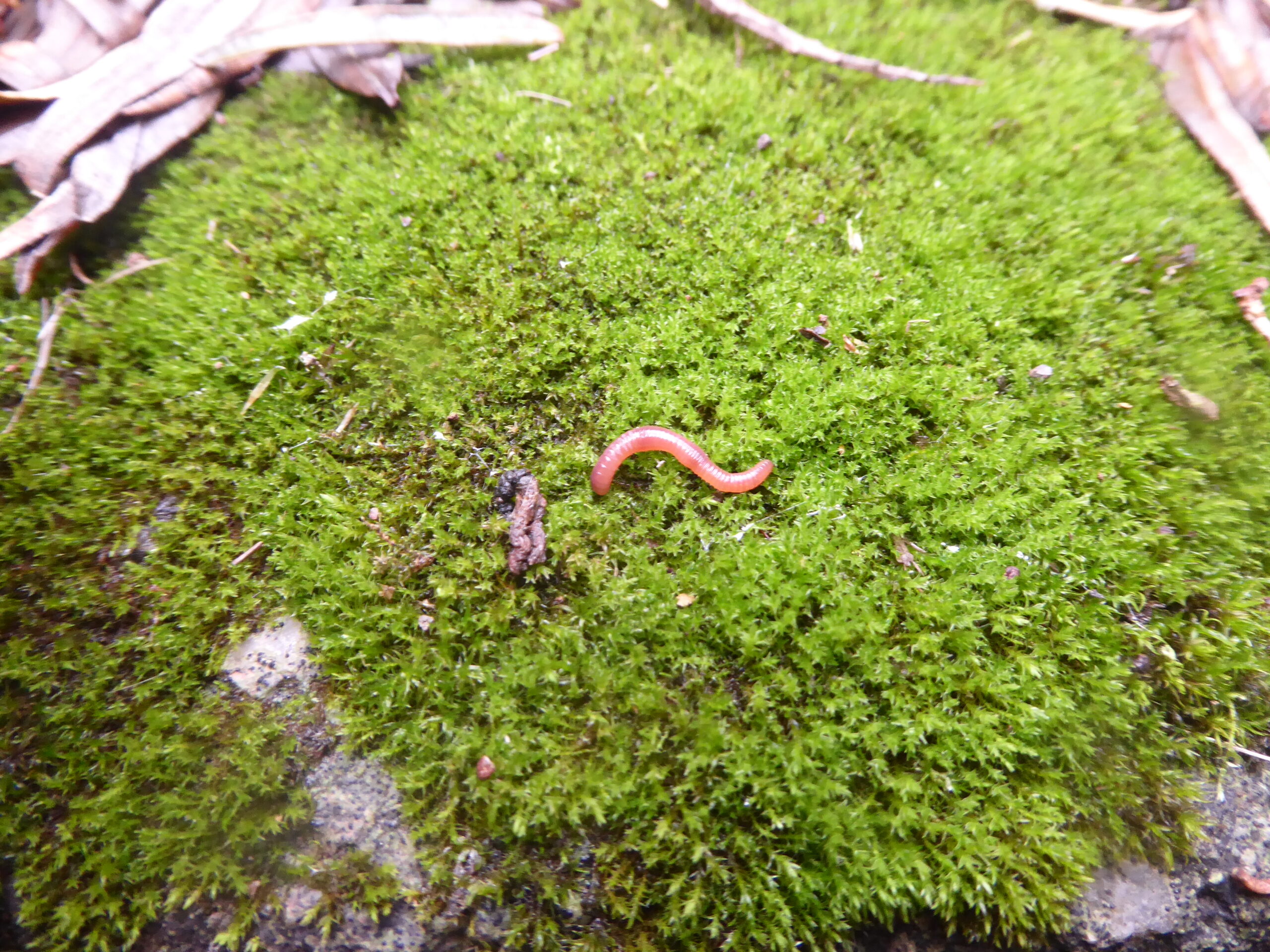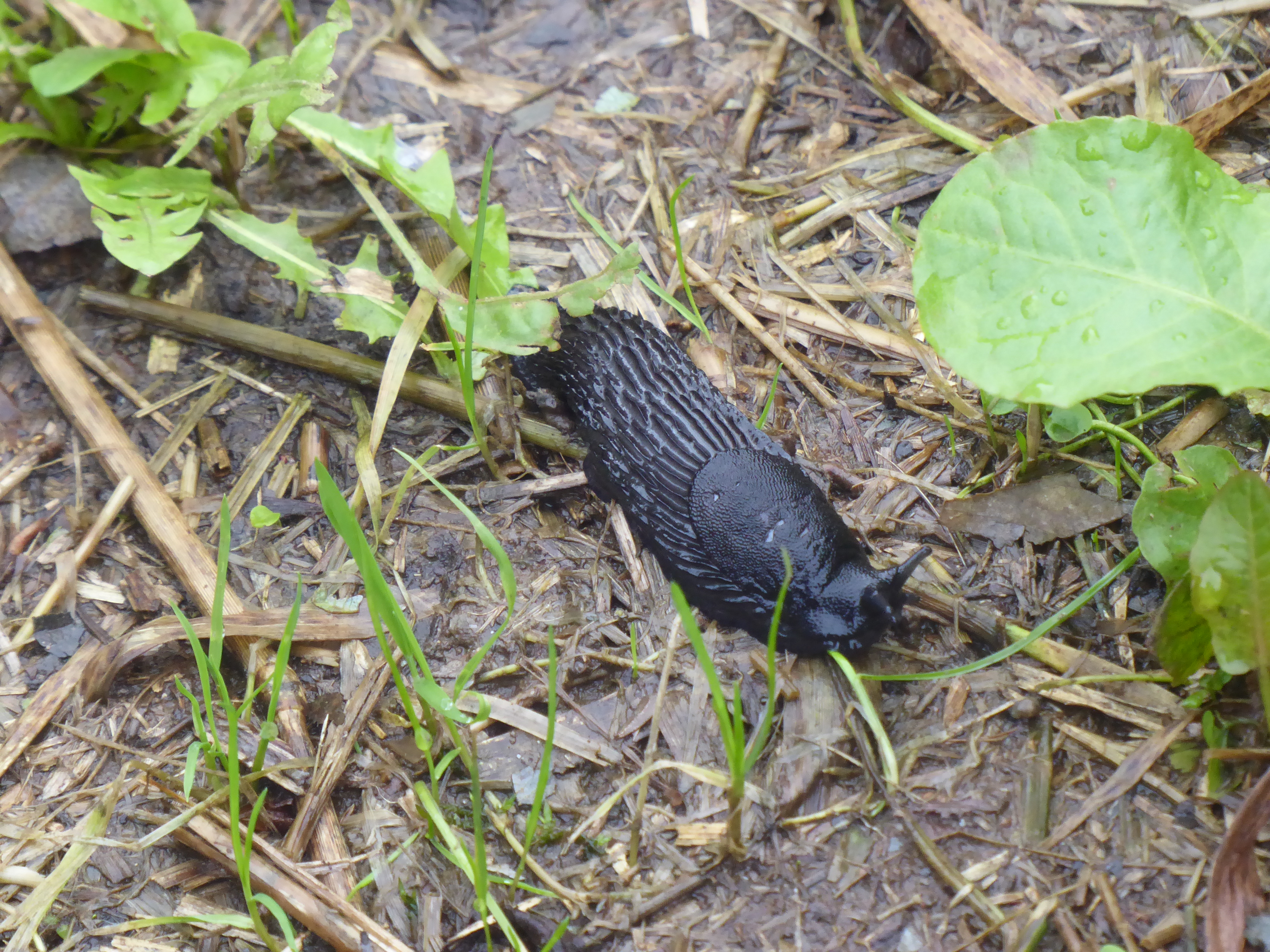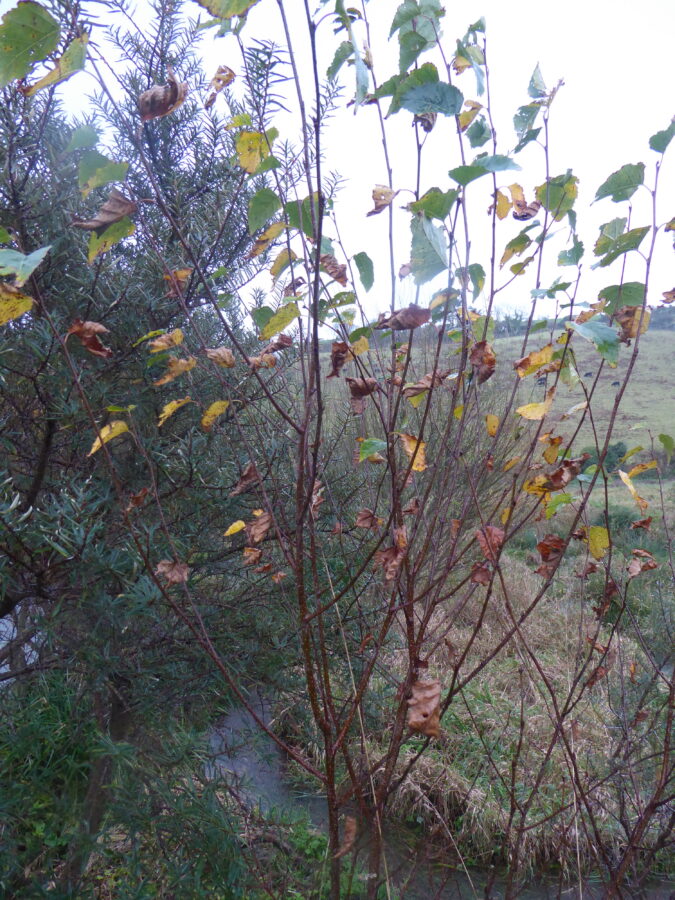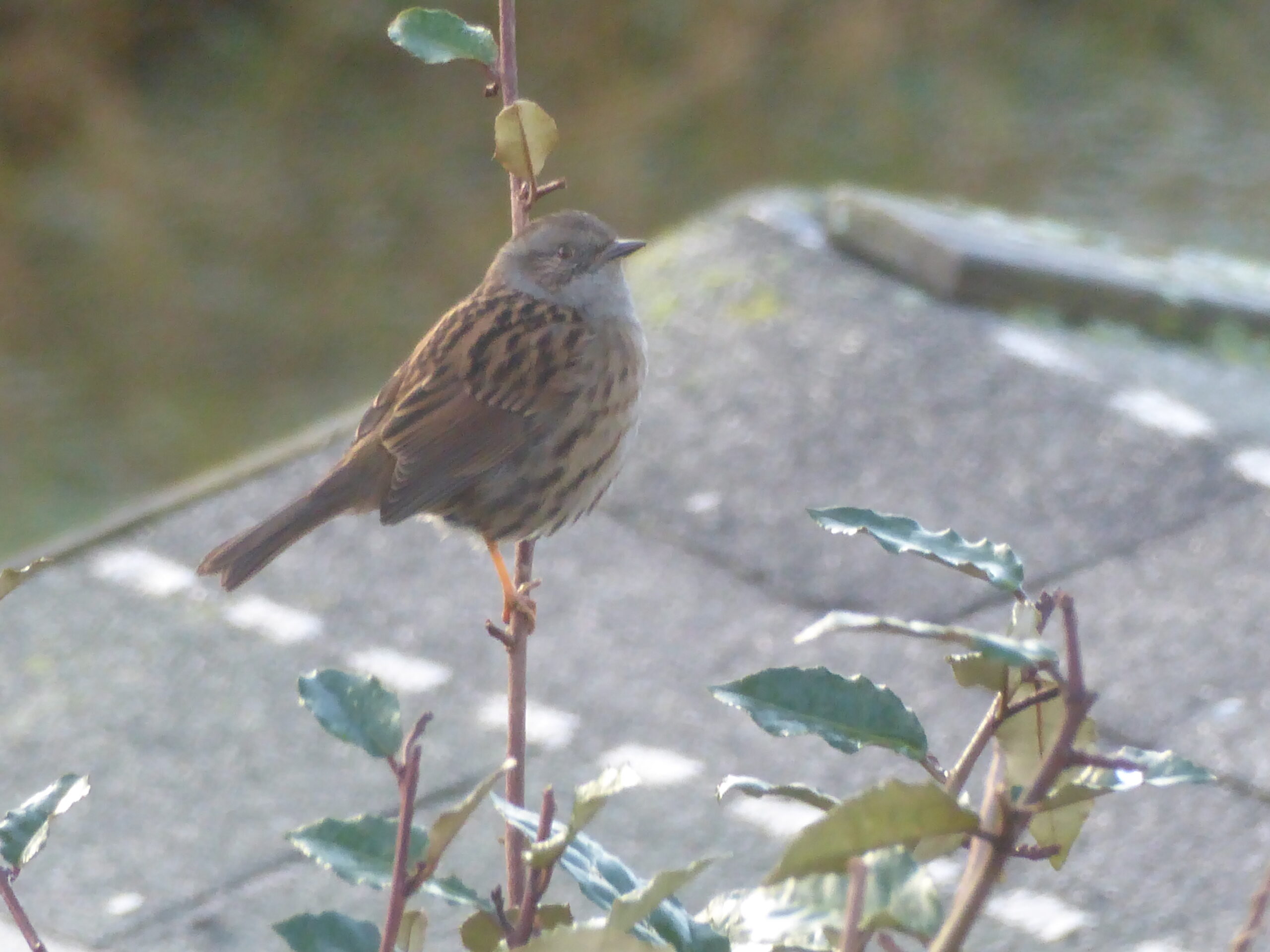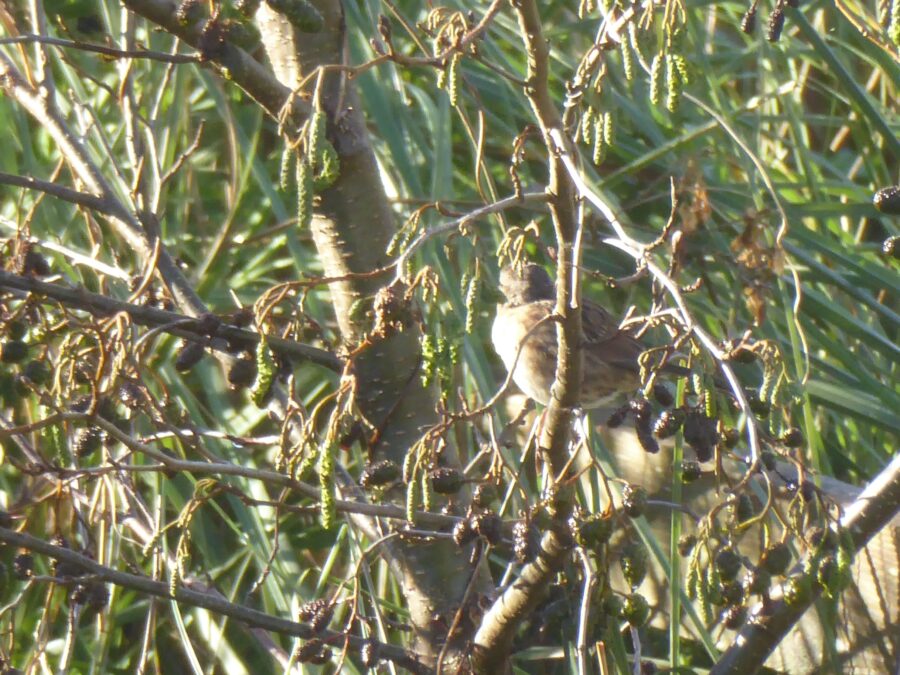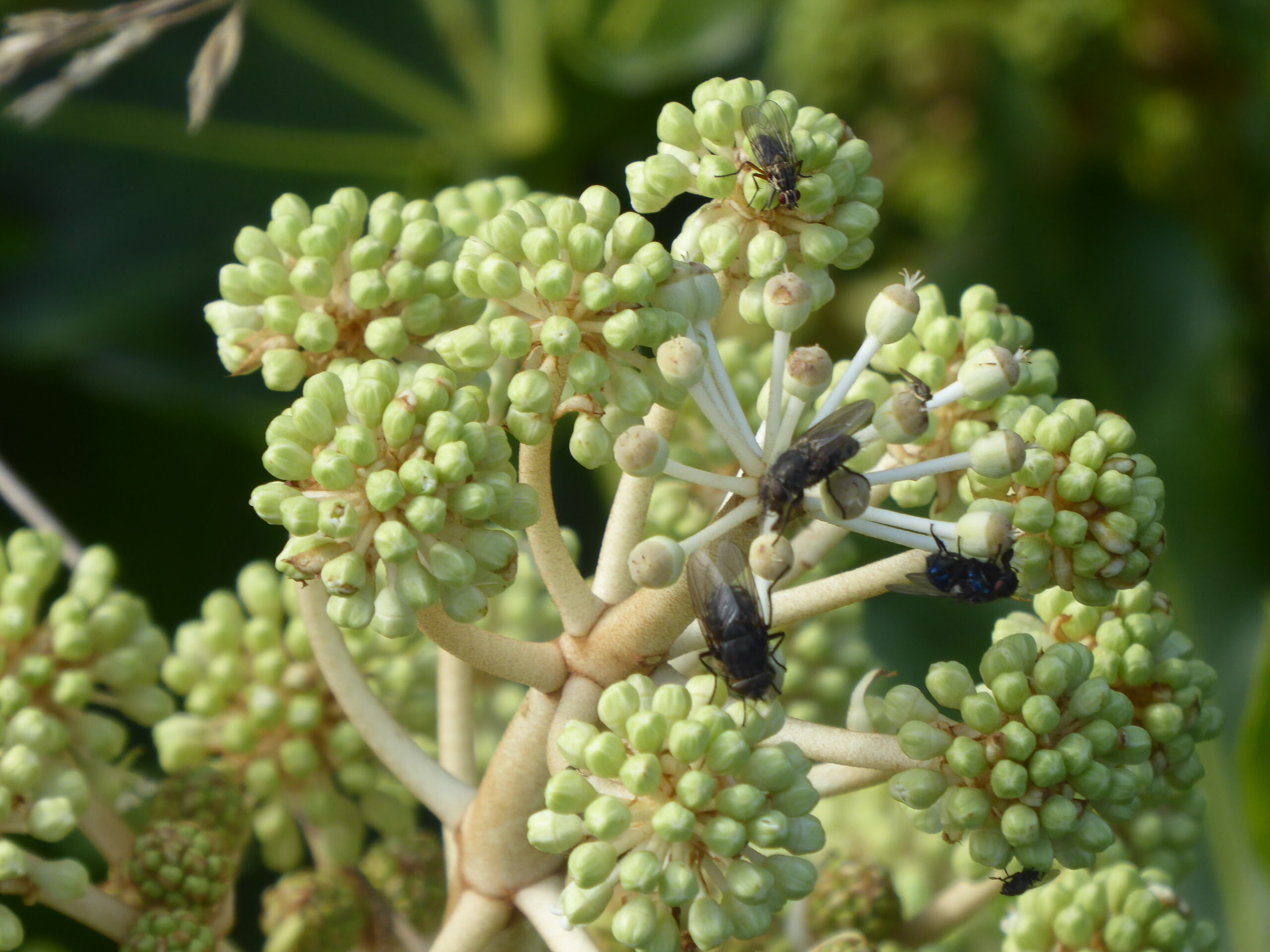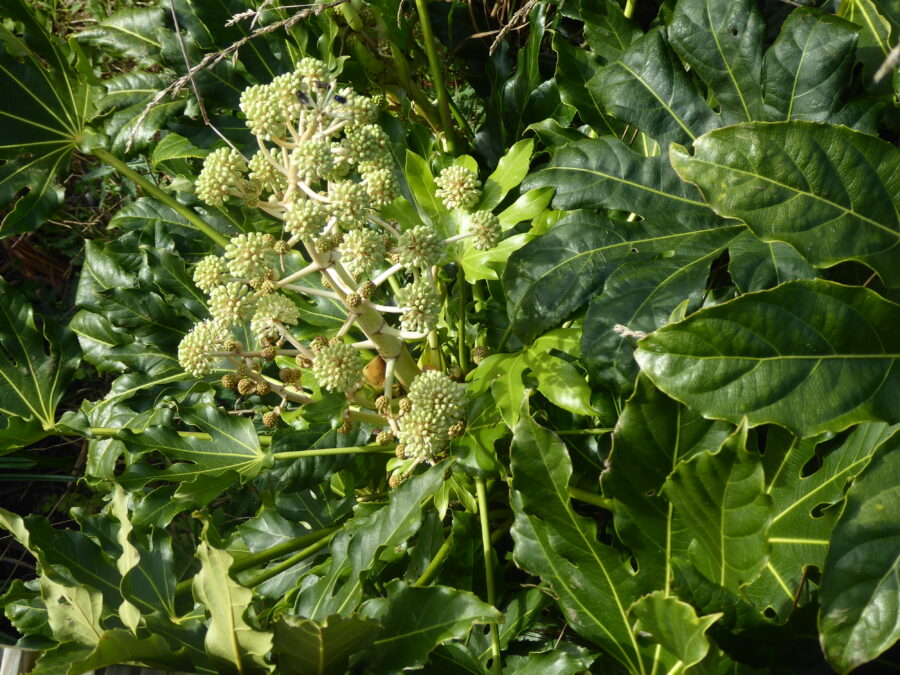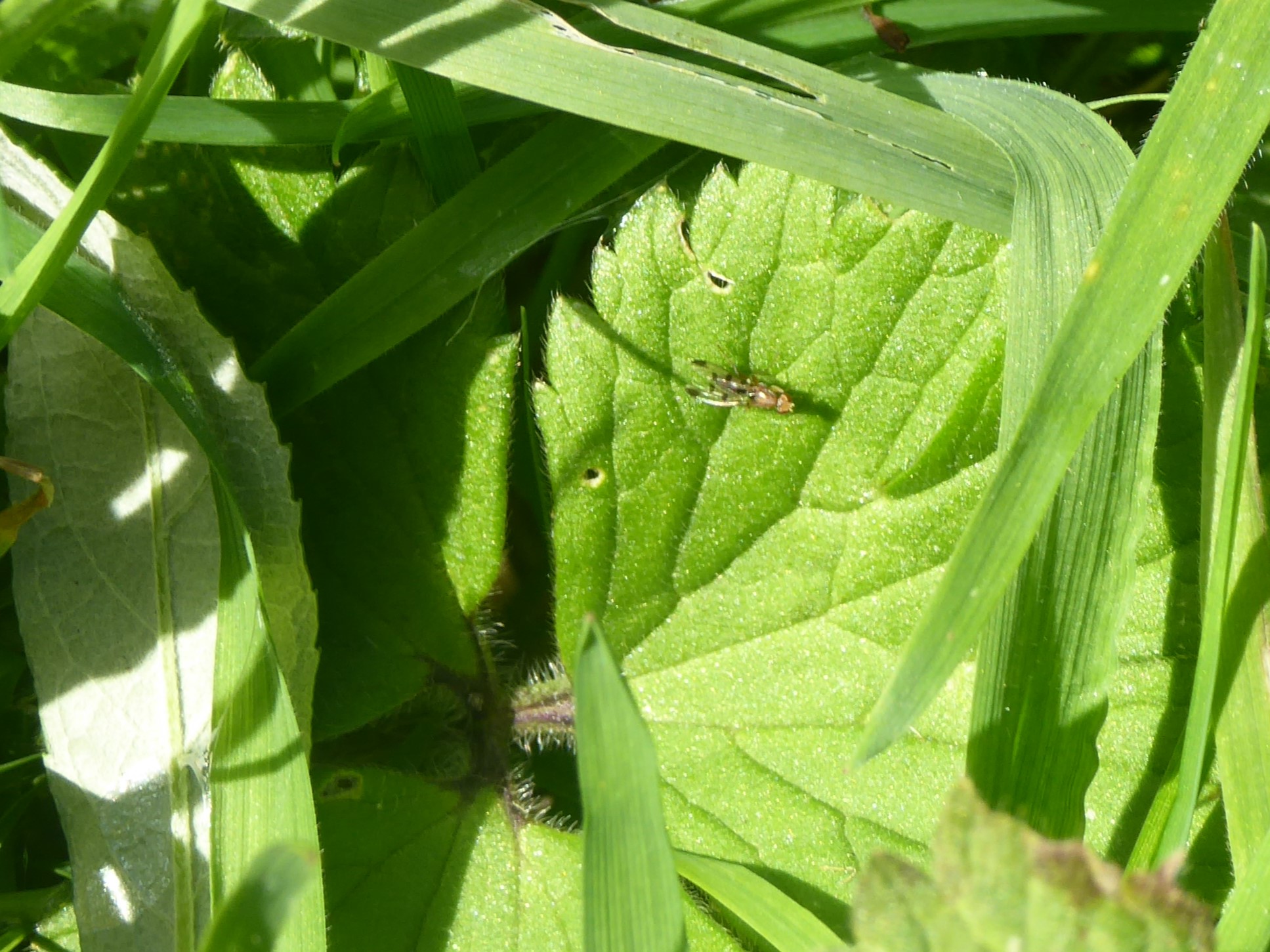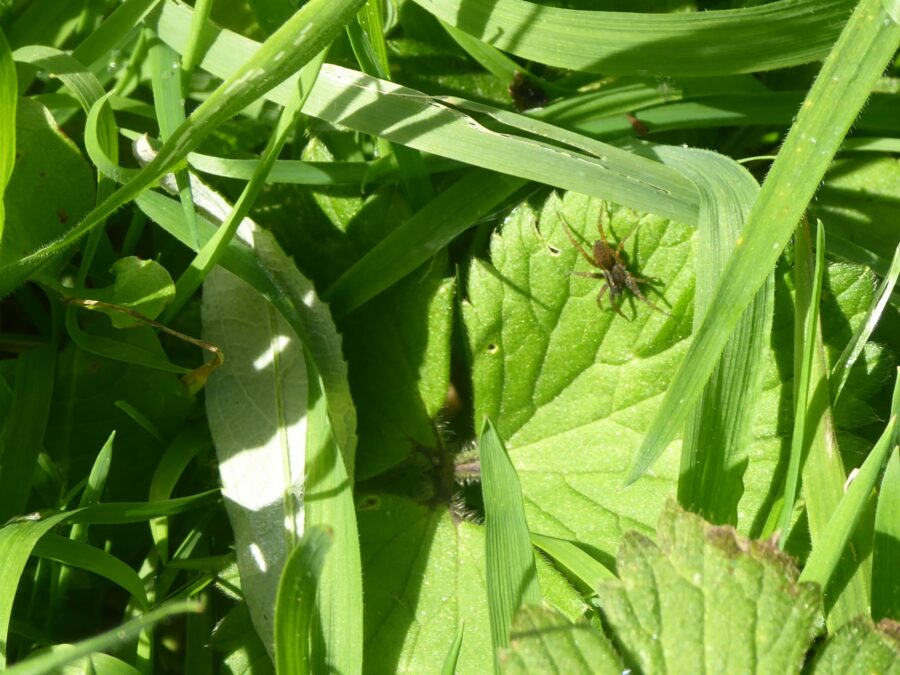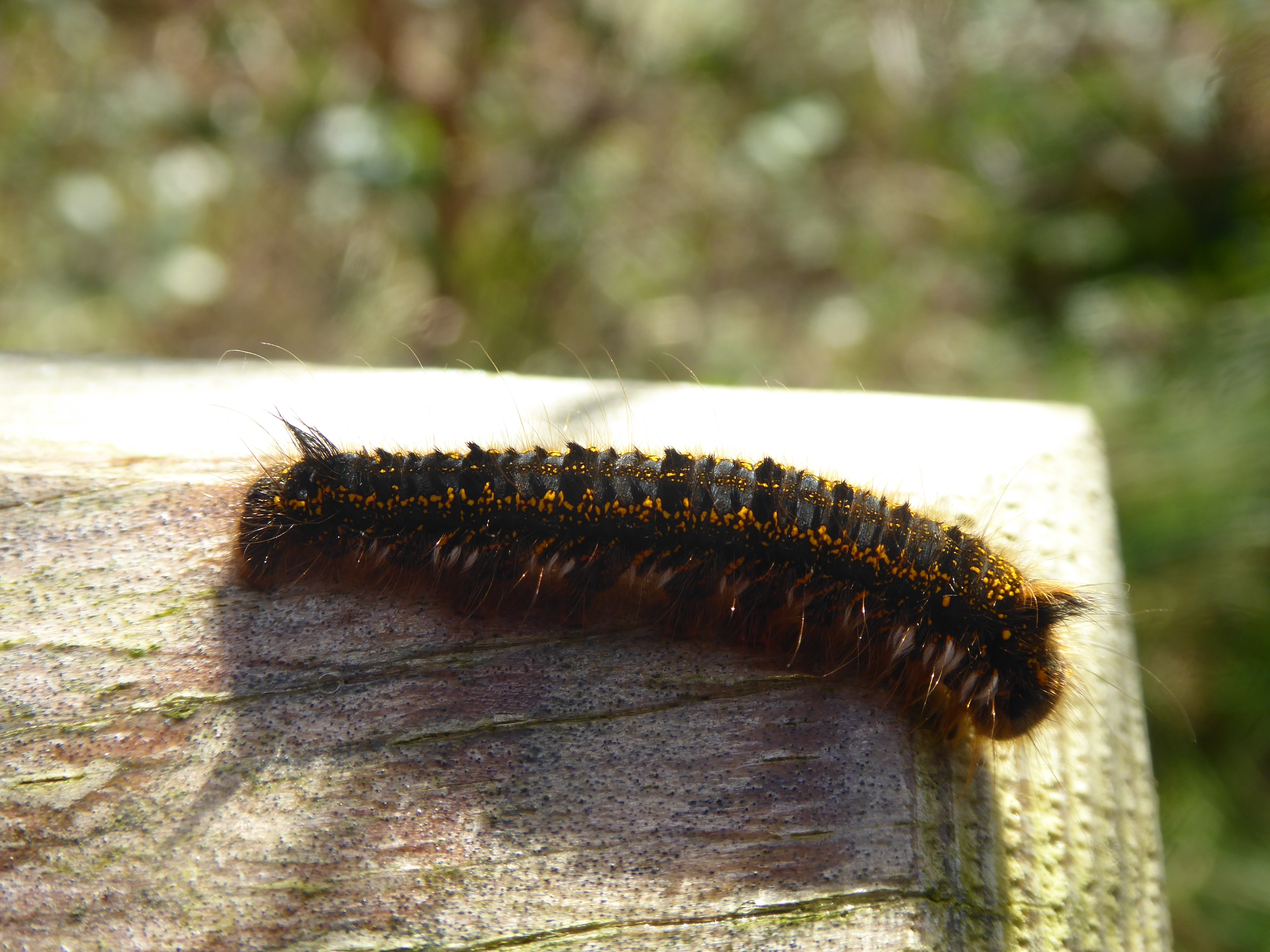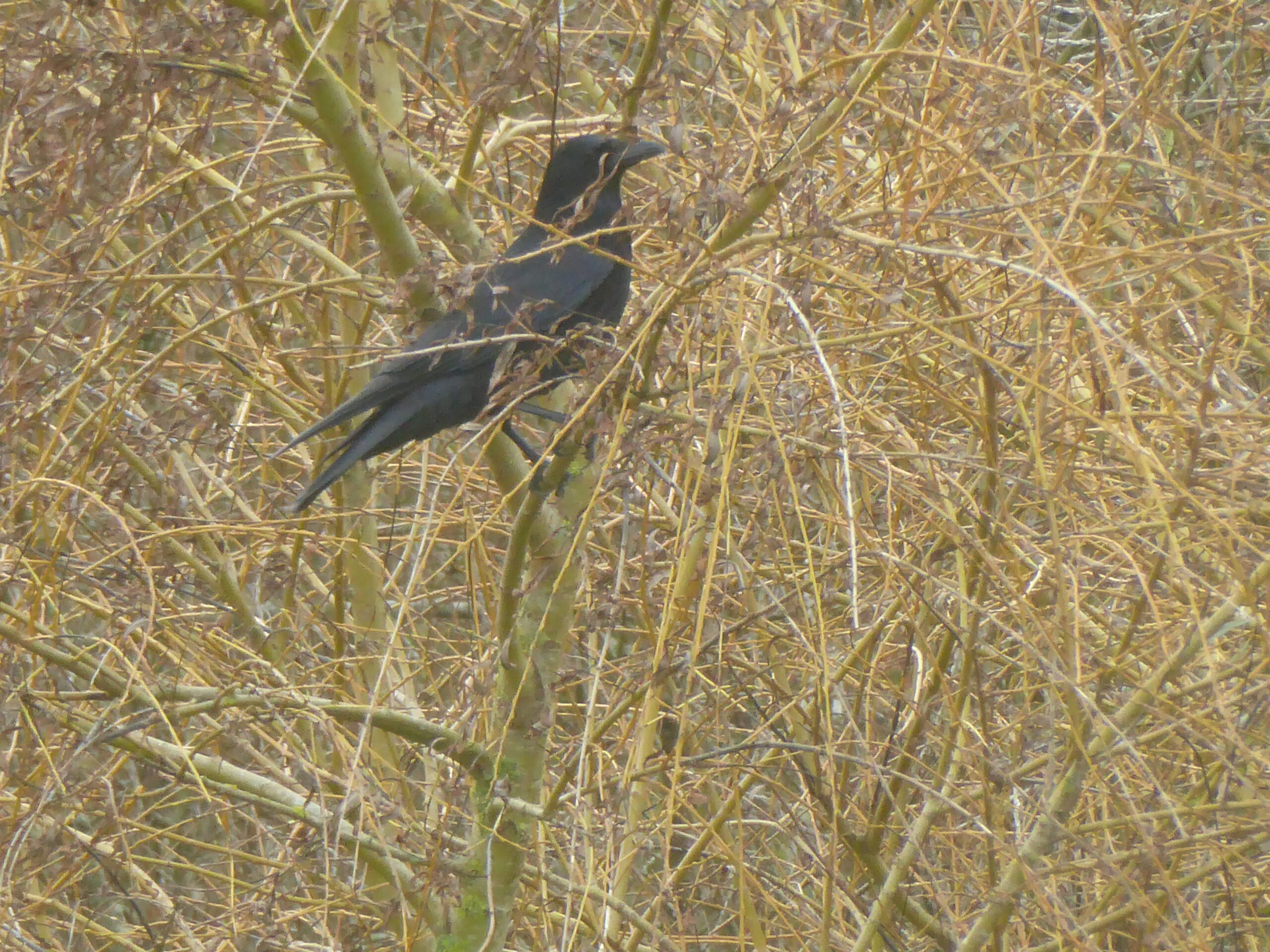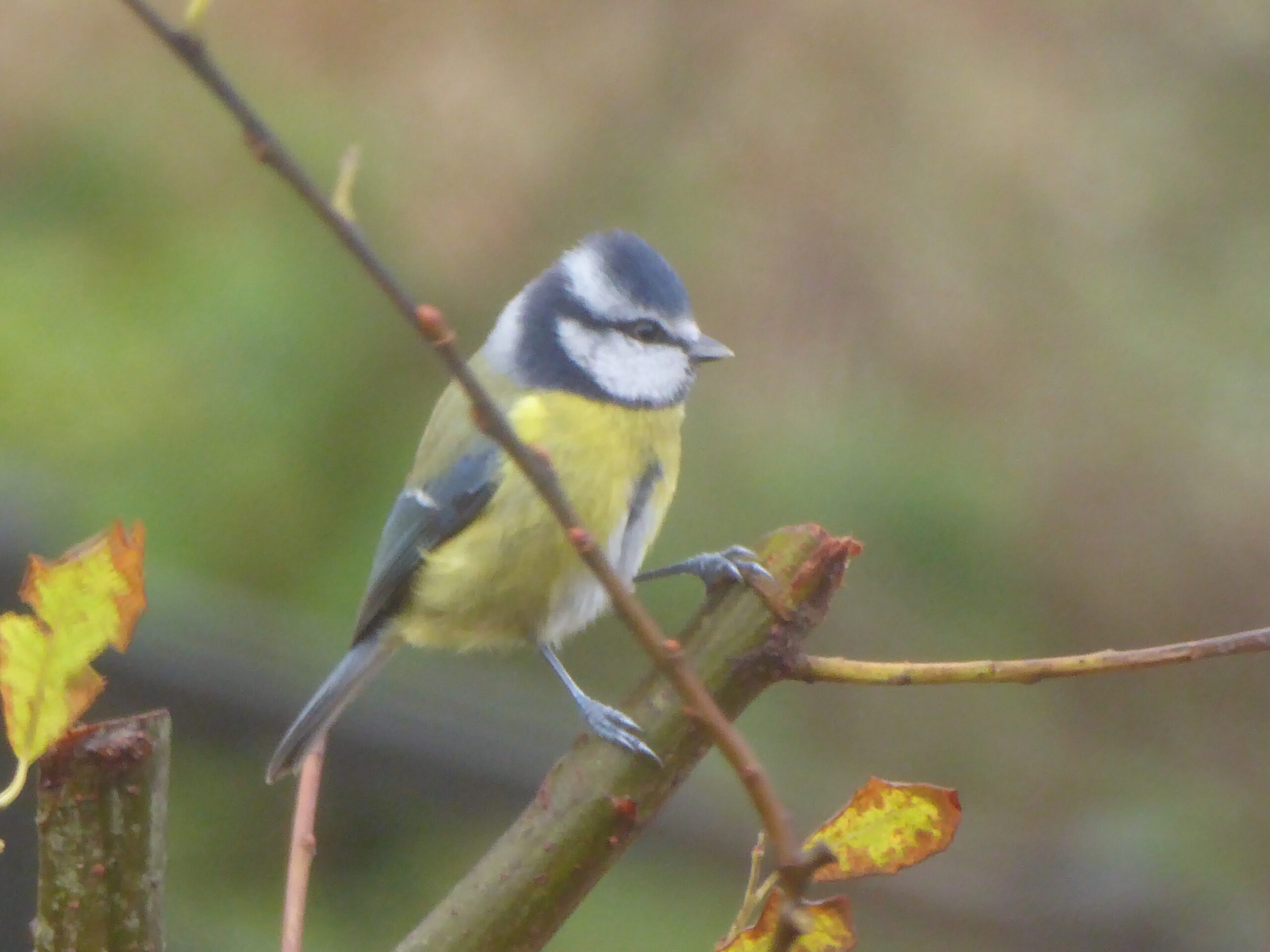Yesterday, I finally got a reasonably good photo of the kestrel when it perched on the power line post. It has been very much in evidence over the last couple of weeks hovering over the valley and flying up and down the hillsides.

Birds of prey in the valley include owls, buzzards, the sparrowhawk, and the kestrel. They can be differentiated by their behaviour. Owls being active at night or dusk, the buzzards wheeling high in the sky on the thermals, the sparrowhawk manoeuvring fast and deadly round the trees and bushes, and the kestrel hovering above the valley and then swooping down for the kill.
Kestrels mainly hunt small mammals like mice and shrews, but especially field voles. They will also eat small birds, worms, and insects.
The kestrel is mainly a rich brown with a black band at the end of its tail and dark, tapering wings. When flying the tail is held straight out, but I caught a shot of the kestrel adjusting position and it fanned its tail out beautifully.
